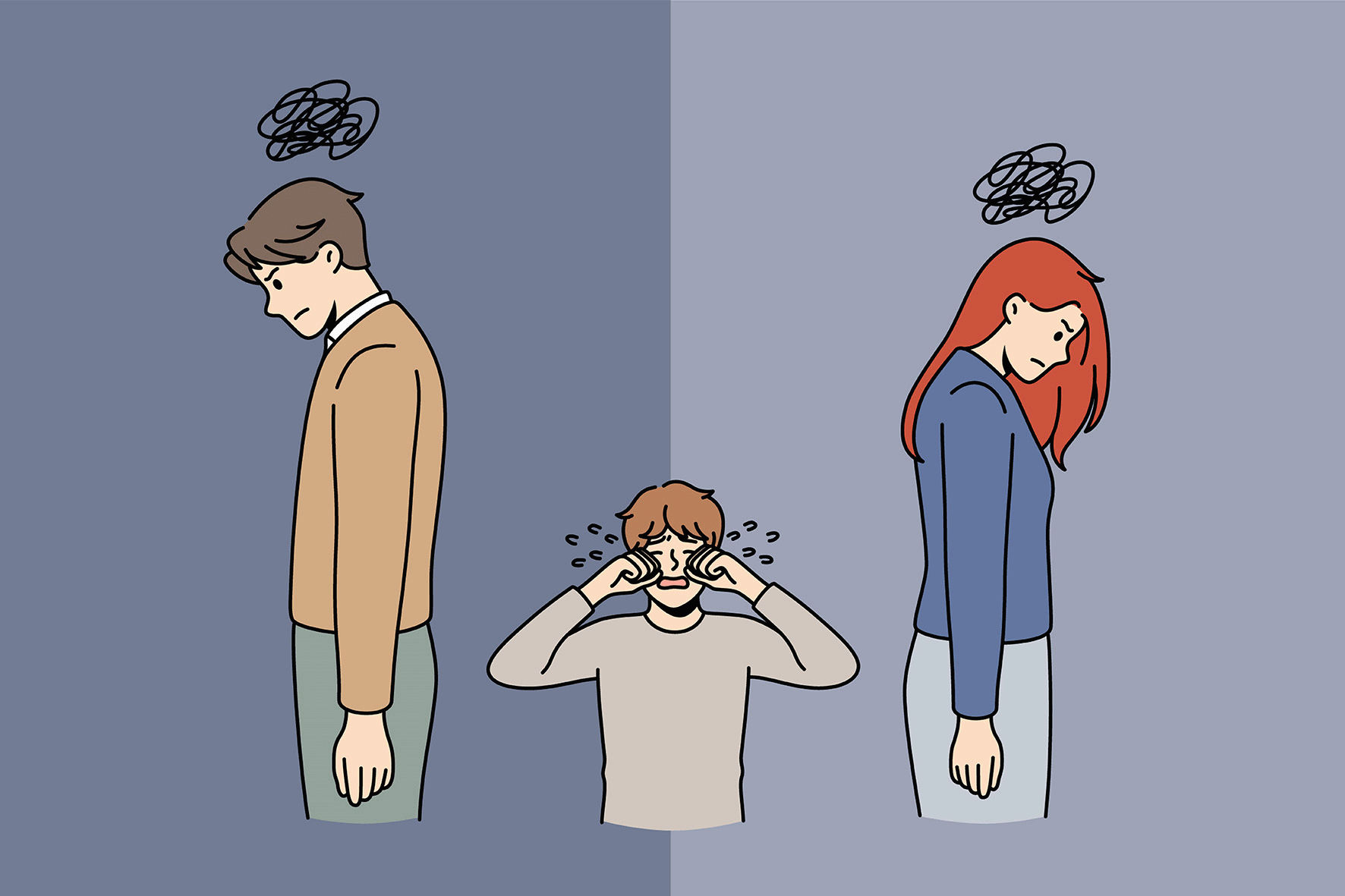The government has dismissed concerns about the single justice procedure’s suitability for dealing with Covid-related offences, arguing that the controversial process is more transparent than the traditional court procedure.
Giving evidence to the Commons justice select committee on Covid-19 and the criminal law, justice minister Lord Wolfson of Tredegar QC said criticism of the single justice procedure was ‘misplaced’.
The single justice procedure was introduced in 2015 to deal with low-level non-imprisonable cases. Cases are dealt with by a legal adviser sitting with a single magistrate out of court. Last year the attorney general passed statutory instruments enabling offences under different coronavirus regulations to be prosecuted through the procedure.
Cases will proceed to the single justice procedure where the defendant pleads guilty or does not engage with the criminal process. Last week the Joint Committee on Human Rights raised concerns about using the single justice procedure ‘for an area of law whose enforcement has been riddled with errors, and where there often needs to be careful consideration of whether the accused had a “reasonable excuse” in order for an offence to have been committed’. The committee added that cases are not reviewed by the Crown Prosecution Service. Beverley Higgs, chair of the Magistrates’ Association, told the justice committee yesterday that transparency concerns have still not been addressed.
Lord Wolfson said the Ministry of Justice believed procedure was appropriate and suitable for Covid-related breaches. ‘The important thing about the single justice procedure is, the alternative – to have a full hearing before a bench of three magistrates – would be massively resource-intensive and could overwhelm the magistrates’ courts.’
He told the committee that the procedure is available only if both defendant and prosecution ‘are willing for it to be used’.
On transparency concerns, he said: ‘It could be argued that there is more transparency. You can obtain the underlying information in the single justice procedure if you are a member of the media in a way frankly which you can’t if you’re sitting at the back of the magistrates’ court… If you imagine a journalist walking into the magistrates’ court and sitting at the back, there is a lot of material the journalist does not see. When you’re in the single justice procedure, the statement of the prosecution and the defence is available to be looked at. Arguably there is more transparency in the SJP procedure than the traditional procedure.’


























14 Readers' comments